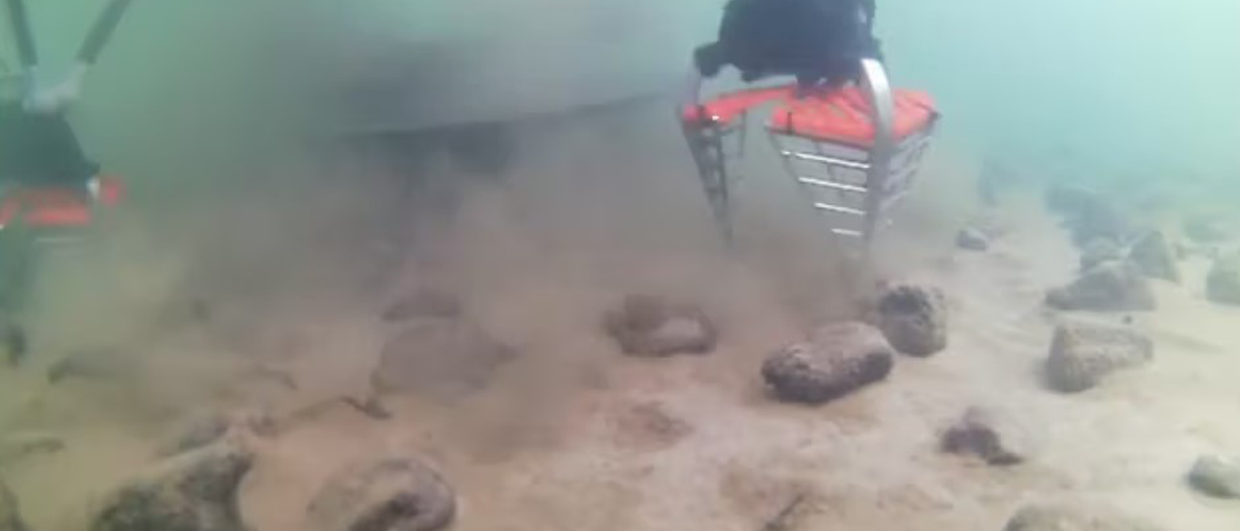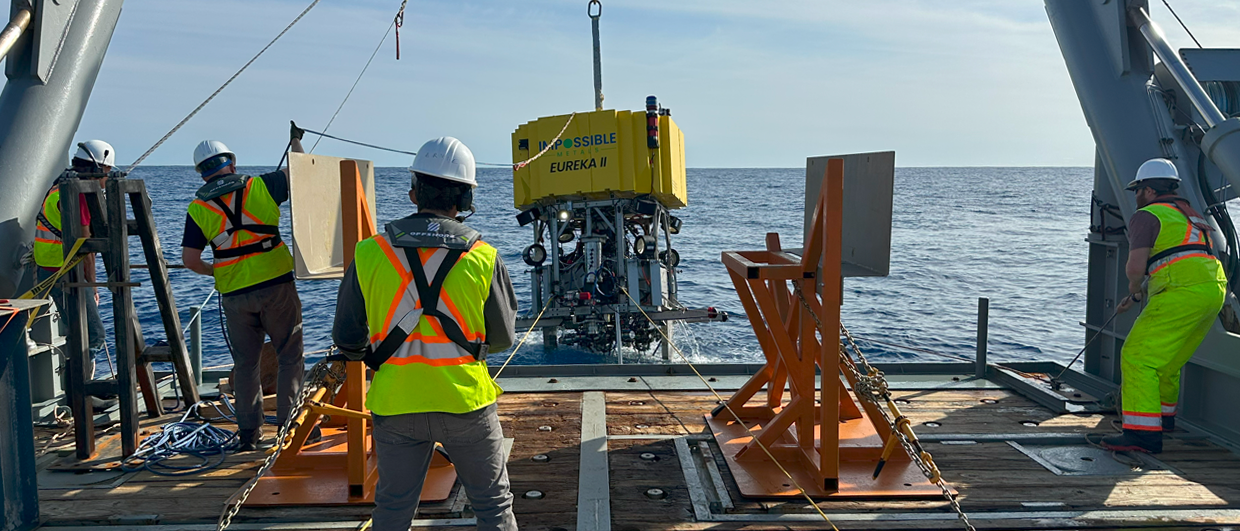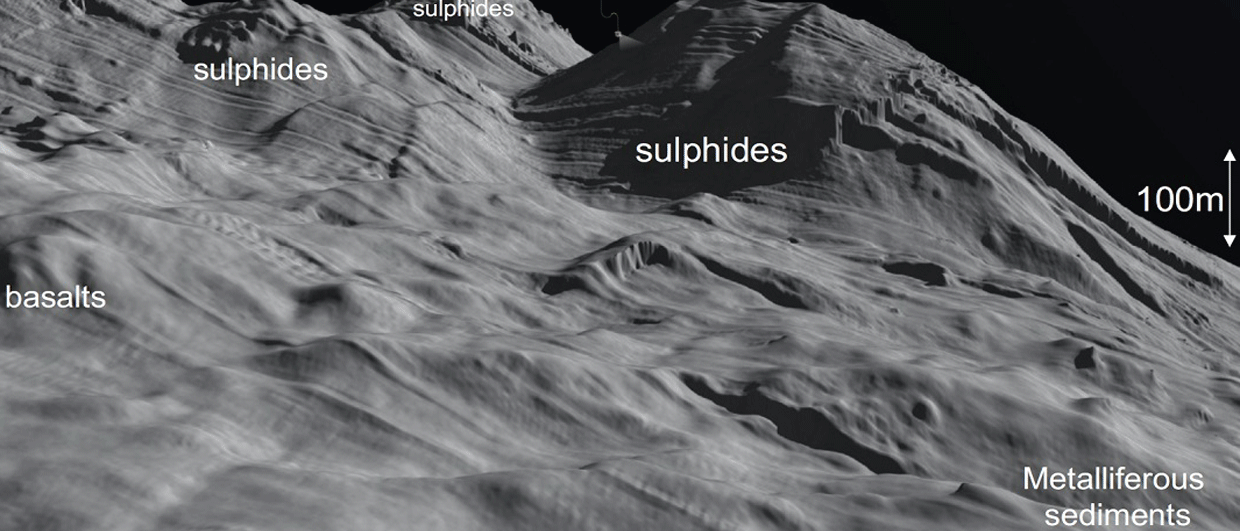”My concern (…) is that, over time, we will inexorably become less prosperous, less equal, less secure and, as a result, less free to choose our destiny.”
Mario Draghi, former President of the European Central Bank and Prime Minister of Italy, expressed these words as he delivered The Future of European Competitiveness report. In his report, Draghi examines the challenges faced by the industry and companies within the EU.
Energy security and European self-reliance
One of the areas for action to reignite growth, according to the report, is by increasing energy security and reducing dependencies. Europe was the largest producer of minerals 150 years ago. Today, Europe only produces a small percentage of its own consumption and heavily relies on imports.
This area for action aligns with the EU’s Critical Raw Materials Act (CRMA), which came into force in May 2024. The CRMA aims to ensure a sustainable and secure supply of critical raw materials through partnerships and increased domestic capacity.
However, the EU Commission’s stance on deep-sea mining does not fully align with this. It’s stance is that more knowledge is needed before any extraction may commence. It has even previously asked its member countries to support a moratorium until the effects mining may have on marine ecosystems have become more evident.
As an expression of this viewpoint, the Commission flagged its concern when the Parliament in Norway voted to open for deep sea minerals activities early in 2024. Furthermore, in the CRMA document, the Commission gave the following statement on deep-sea minerals:
“In line with the precautionary principle, the Commission should not recognize deep-sea mining projects as Strategic Projects before the effects of deep-sea mining on the marine environment, biodiversity, and human activities are sufficiently researched, the risks are understood and technologies and operational practices are capable of demonstrating that the environment is not seriously harmed.”
In contrast, the EU competitiveness report says:
“The EU should also carefully explore the potential of environmentally-sustainable deep sea mining: Estimates suggest that the seabed holds large multiples of the known land-based reserves for example for copper, titanium, manganese, cobalt, nickel and rare earth elements.”
Although the report is cautious, and certainly brief in its discussion on marine minerals, some may interpret it as supportive – or at least open to the idea – of deep-sea mining as a potential source for critical minerals.
We should probably not expect that the report will lead to an immediate shift in the Commission’s stance on the subject. Still, it serves as a reminder that deep-sea minerals may enable the EU’s green transition, support future European industrial production, and reduce the union’s dependency on critical materials imports.





